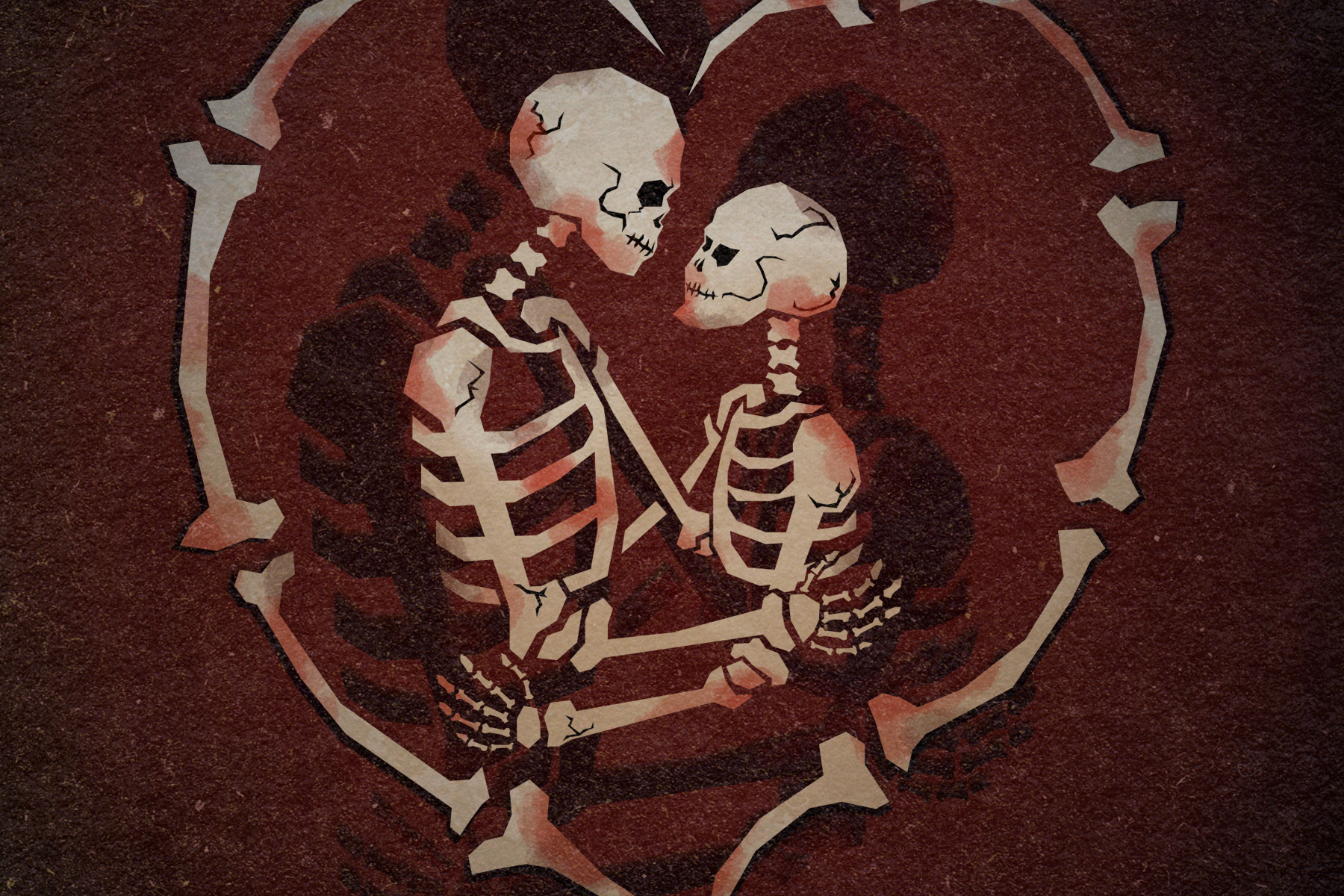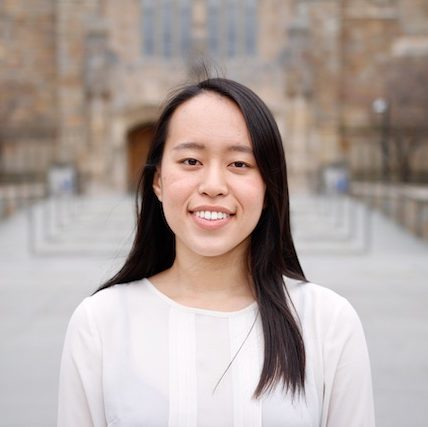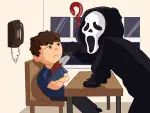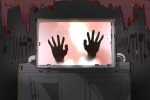Horror romance is the hidden and unlikely hero of the horror genre. But some of the most iconic horror stories throughout history are based on romance, and for a good reason: These kinds of narratives are special in that they depict themes both light and dark — the human and the monster within us, the blurry line between fear and desire. From “Dracula” (1992), “Crimson Peak” (2015), “The Shape of Water” (2017) and the new “Candyman” coming in August 2021, see how these classic and iconic horror romance movies help better understand the most mysterious and frightening force of all: ourselves.
A Short History
The heart of romance is what defines horror today.
In the 18th century, the word “romance” was used to indicate what would be called “fantasy” today. Romanticism was a historical movement that valued catastrophes, irregularity, emotion, freedom and the supernatural, a response to the classicism movement in the previous century that concerned itself with order, symmetry, restraint and mundanity. A story that had fantastic and supernatural elements was deemed a “romance,” and thus the original Gothic novels were (and are) called “Gothic romances,” arguably the first iteration of horror romance.
What all horror romance shares in common is the motif of love as a powerful force, defying the barriers of race, class, age, species and even life itself. The climax of these horror narratives is always the Kiss, conveyed at the crux of the moment — at the swell of the orchestra strings, at the plunge of the knife, or as the authorities burst in, ready to deliver destiny.
Dracula: A Trailblazer In Horror Romance
Our plucky protagonists may find themselves bound in love to monsters of every kind, whose monstrosity itself is magnetic. A classic example would be Bram Stoker’s “Dracula,” written in 1897, whose monster is as terrifying as it is captivating. The original literature would establish Count Dracula as the quintessential vampire and forever associate images of wealth, bloodlust and seduction with these creatures. The story tells of Dracula’s attempts to move from Transylvania to England to find new blood and spread vampirism, and the ensuing battle between Dracula and a small group of men and women led by Professor Abraham Van Helsing.
However, Dracula has outgrown its original character and into a full-fledged cultural force, touching upon new social themes with each adaptation. There are as many variants of the villain as there are victims of Dracula — which is to say, endless and ever-spreading. But for horror romance specifically, it is the 1992 film version of Dracula that has inspired the cultural aesthetic behind our modern-day vampires such as Edward Cullen and Stefan Salvatore. The 1992 version, directed by Francis Ford Coppola, portrays Count Dracula as a devoted, lovelorn husband who returned from fighting in the Crusades to find out that his wife, Elisabeta, had committed suicide after hearing a false report of his death.
The injustice of his fate leads him to renounce God and turn to vampirism in order to avenge Elisabeta with the powers of darkness. Dracula’s humanity — his undying, deeply felt love for his wife — is as present as his monstrosity, which is shown through ample scenes of murder and terror. In the end, Dracula is redeemed, Romeo-and-Juliet style: After their heart-felt confession, he asks Mina, the reincarnation of Elisabeta, to stab him in the heart, allowing him to finally ascend to heaven with Elisabeta. It’s a narrative as equally sympathetic to the human condition as frightful.
The Candyman: Fear Is Just Another Kind of Desire
They say there’s a fine line between love and hate, but the same could be said of fear and desire. Fear withers in the shadow of desire. Terrible and irresistible, horror romance concerns itself with our deepest, darkest wants, with horror arising in the actualization of our desires.
“Candyman,” Bernard Rose’s 1992 classic, is a story of a villain who was created from an act of passion — a Black man, murdered for his relationship with a wealthy white woman. The film centers in the modern-day, where the Candyman is just a myth (or so it seems) and the subject of a graduate research thesis by our protagonist, Helen, who strikingly resembles Candyman’s long-lost lover. Candyman’s undying love for the woman is juxtaposed against his lust for blood and revenge on those who discredit his legend. Helen isn’t unaffected either — her very real fear of the Candyman wars with her desire to get the scoop for her thesis and, eventually, her own desire to take revenge on her cheating professor husband and a society that oppressed and silenced her.
There are multiple sequels following the 1992 version, but the most innovative could be the version written by Jordan Peele and directed by Nia DaCosta, premiering in August 2021. This spiritual sequel is directly linked to the original, featuring role reprisals and a continuation of the racial themes, although Candyman’s origin story is now that of an innocent man accused of placing razor blades in candy he handed to children and subsequently murdered by police.
Desire and Disgust Lurk Together
At times, the boundary between desire and disgust is not so clear-cut, and our characters have to battle with their own compulsions whether to run away or persevere to the bloody end.
In “Crimson Peak,” the viewer’s subconscious is put to the ultimate test, alternately tangling their desire and their disgust. There is nothing really classic about the romance here. The leading lady, Edith Cushing, is a ghost story writer initially averse to romance in both her fiction and her reality. Our leading man, Thomas Sharpe, fades into the background once they are married, and the real villain, the alluring and psychotic Lucille Sharpe, takes over. Aided by ghosts, Edith discovers the horrifying secrets of the relationship she is now trapped in. The house might as well be a symbol of the film; the rotting estate is as sensuous as it is eerie, the grand opulence a jarring contrast to walls oozing red sludge, swarms of moths and the bloody specters of their former inhabitants.
Subsequently, the film’s horror is hard to pin down; the brutal violence and twisted secrets are deeply intertwined with sensual excess, and the sweet marriage of Edith and Thomas is made indelible by the incestuous relationship between Thomas and Lucille.
Horror Romances Are Effective Because of Their Contradictory Elements
Romance, in the form of young love, can be used as a tool to further the plot, build suspense and contrast against gruesome scenes to horrify us even more. “Let the Right One In” is a Swedish vampire movie that provides a twist on the trope of a sweet friendship turned relationship. In this drama, two teens find a sense of belonging in their shared desire for blood: the vampire who needs to kill, and the bullied outcast who wants to kill his tormentors.
Or, as in the case of “Honeymoon,” “You’re Next” and “Get Out,” young love is used to unsettle the audiences by starting off with an idyllic, romantic setting in anticipation of the upcoming horror. You know it’s coming — which makes it all the more frightening.
Horror Romance Shows Us the Beautiful Within the Terrible, and the Terrible In the Beautiful
Beauty and horror are simply two sides of the same coin: What may be monstrous at first can quickly become an object of desire.
In the Oscar-winning “The Shape of Water,” this message seems obvious, almost shallow. A woman overcomes her fear of the strange not-man, eventually desires him, and helps him run away from evil government authorities.
It’s the exact same plot present in “Beauty and The Beast,” “King Kong” and “Shrek.”
But director Guillermo del Toro subverts the romantic notion in order to make it horror, to challenge our sensibilities of what is acceptable, to take pleasure in the overthrow of cultural order. Del Toro’s aquatic monster doesn’t turn into a human or renounce himself in order to be loved. Beauty no longer stands in opposition to horror, and so the beast can be loved for itself.
In an interview with Vulture, del Toro explains that the movie “tries to embody the beauty of the ‘Other’ in a direct refusal of how we’re told to ‘demonize the Other’ and divide the world between ‘us’ and ‘them,’ regardless of race, religion, sexual preference or gender.
And in this case, the human might be the monster. “The Shape of Water” highlights the way people feel alienated by their differences, as in the case of our mute and lonely protagonist, and how humanity, in the form of the sadistic CIA operative, can be the cruelest monster of all.
Intrigued Yet?
For veteran fans of horror, horror romance films can present a new twist and deep themes to unpack that will keep you up at night for more than just a fear of the dark. For those new to horror or not quite ready to be terrified out of your soul, horror romances can be a gateway to the genre.
So, grab your popcorn and settle in to watch some of the most iconic films in the genre, with the Horr-o-Meter below — 10 films ranked from most thrilling (10) to more romantic (1) — as your guide.
10. “Return of the Living Dead 3” – Weak stomachs need not apply.
9. “Candyman” – The bees will never leave your mind.
8. “The Fly” – “Be afraid. Be very afraid.”
7. “Get Out” – A reminder of how terrifying America’s reality can really be.
6. “Warm Bodies” – Don’t worry, you have a zombie lover to protect you from the other brain-eating corpses!
5. “Let the Right One In” – Sweet, yet creepy.
4. “Dracula” (1992) – Count Dracula is as grotesque as he is alluring.
3. “The Shape of Water” – What’s truly frightening is humanity’s own fear.
2. “Crimson Peak” – A gothic romance in every sense of the word, but scary? Not so much.
1. The Twilight Saga – Bella really should be more afraid of than in love with vampires.

















